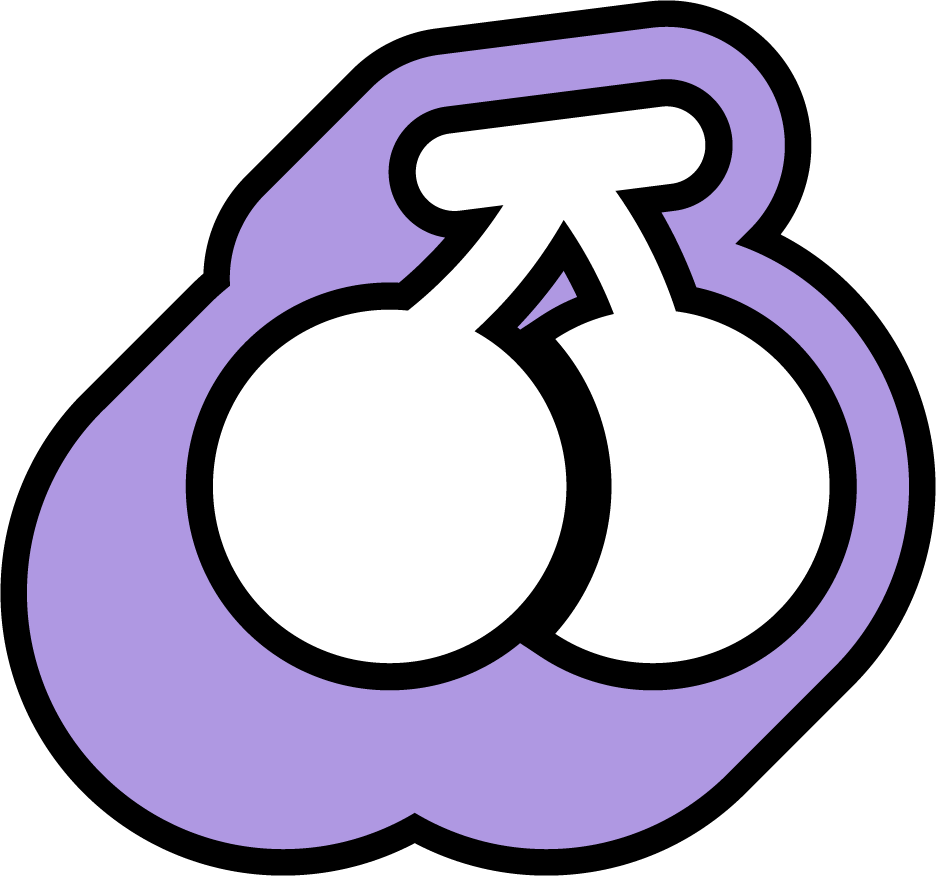Voguing as a K-pop choreography favourite
Voguing, a long established dance style in LGBTQ+ communities, has most recently come to the fore in K-pop choreography and it’s the collaboration we didn’t know we needed.
TAEYEON demonstrates the influence of vogue in the choreography for INVU. Image: SMTown on YouTube.
The influence of voguing in K-pop is undeniable, as groups incorporate different elements from the dance style (which grew to popularity as the main event in Ball culture and drag pageants) into their choreographies.
Recently, this queer underground subculture has experienced a resurgence, becoming a key part of modern popular culture around the world. And K-pop is no exception to this — ballroom dance styles are frequently appearing in K-pop music videos and stages. We take a look into the history of voguing and its new-found fame in the Korean pop industry.
The history of vogue and ballroom
Originating in New York in the 1980s, and created by Black and Latinx communities in Harlem, voguing is seeing a renaissance in modern western pop culture — but perhaps unexpectedly it’s also appeared in K-pop too. According to Vogue India, voguing comprises of movements inspired by covers of Vogue magazine, Ancient Egyptian hieroglyphics, gymnastic moves, and also channels a parody of white femininity.
The dance style has played an important part in the queer community and has helped bring minorities together as a liberating form of self-expression. Although voguing has evolved through the years from more rigid lines and sharp angles to showcase the fluidity and flexibility of dancers, the cultural significance of the style remains.
Voguing is a quintessential part of LGBTQ+ Ball culture, also known as The Ballroom Scene, Ballroom community, or just Ballroom. Ball culture originated from Black and Latinx communities founding their own drag queen pageant circuits in criticism of the racism faced in other established circuits.
Ballroom itself also has a distinct sound, as Vulture explains: “Certain tracks became so synonymous with voguing that they acted like bat signals calling dancers to the floor.” According to the Smithsonian, voguing battles were a “creative performance [which] was even used to peacefully settle disputes among rivals in an environment that assumed a degree of mutual respect and compassion.”
So now that we have a better understanding of the cultural significance of voguing and ballroom, what does it look like when it crosses over with K-pop?
Voguing in K-pop
Voguing has become a more frequent addition in K-pop choreography, a dance category that has developed a distinct style itself in that it “blends most dance genres”.
Since voguing is not a new phenomena, there are also instances of it in first and second generation K-pop choreography. But to focus on the renaissance experienced since 2020, here are the most striking voguing choreographies you might spot in third and fourth generation K-pop:
“Naughty” — IRENE & SEULGI
Choreographed by Spella and Shim Jaewon.
IRENE & SEULGI’s choreography in “Naughty” is a clear example of the influence of voguing on K-pop. Accompanied by a house-esque track, the choreography involves complex and intricate hand and arm movements, although limited full-body moves. This choreography produces a striking effect and channels the sharp lines of early vogue dance styles.
“Stay Tonight” — CHUNG HA
Choreographed by RIAN.
CHUNG HA’s “Stay Tonight” features a classic move in Ballroom culture — the walk. During the dance break, CHUNG HA and the dancers walk towards the front of the stage in a group to the beat, echoing the catwalk element of Ballroom culture. There are also recognisable elements of the famous duckwalk, involving bent knees and oscillating arm movements to and from the body, and even the dip, where the dancers fall to the ground on their backs with one leg in the air. See if you can spot them in the dance practice video!
“INVU” — TAEYEON
Choreographed by AURA and Kiel Tutin.
TAEYEON’s “INVU” takes inspiration from both the Ballroom scene and Greek mythology (now that’s a powerful combo). The choreography features small foot movements on the spot with big arm gestures, including the iconic hand spelling of the title of the track, I-N-V-U, in front of the dancers’ faces. The wardrobe choices also enhance the points of the dance, with TAEYEON, long, hyper-feminine nail extensions emphasising the sharp hand movements.
“LA DI DA” — EVERGLOW
Choreographed by Tinabu & Hae Jun.
EVERGLOW’s “LA DI DA” can’t be left off the list when it comes to elements of vogue in K-pop. Alongside a lot of floorwork in the legendary, latex, all-black cat suits, in EVERGLOW’s choreography, too, we can see the duckwalk and the dip feature in the dance break of the song. “LA DI DA'' also takes inspiration from disco, with colourful and sparkling outfits taking centre stage in the music video.
“MOVE” — TAEMIN
Choreographed by Koharu Sugawara.
Although it seems female idols have been the main groups to embrace Ballroom culture in K-pop, there have also been male idols to do it too. One of those is none other than TAEMIN. While the V-formation of the supporting dancers during the chorus of the song strongly echoes K-pop, the subtle hip movement and grand arm movements during the chorus are undeniably Ballroom-esque.
It’s certainly still possible to see Ballroom culture’s continual influence across the world, not just in K-pop. But the significance of voguing emerging in K-pop dance, which is traditionally known for its structure and synchronicity, hints at the industry branching out and trying new styles in order to attract a new audience.
The choreography demonstrated by the above artists introduces both fans and idols to a range of dance styles, and keeps K-pop as exciting as it always has been.
Edited by Gabii Rayner and Chelsea Cheetham.

